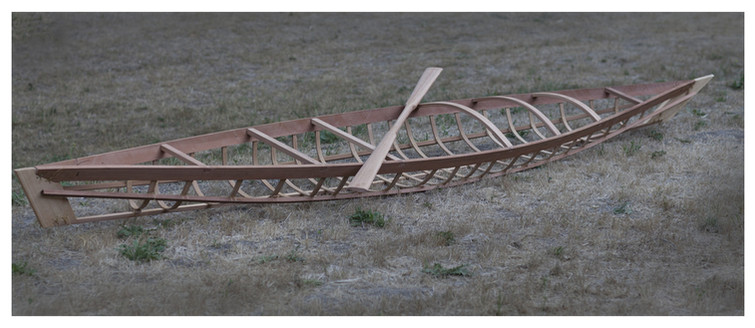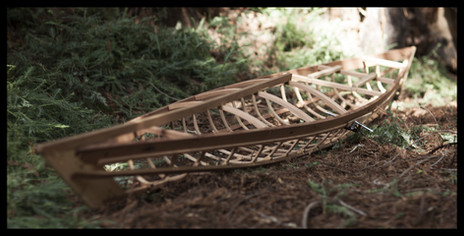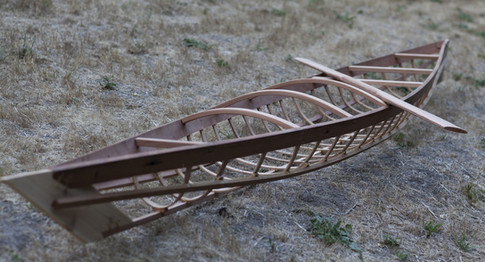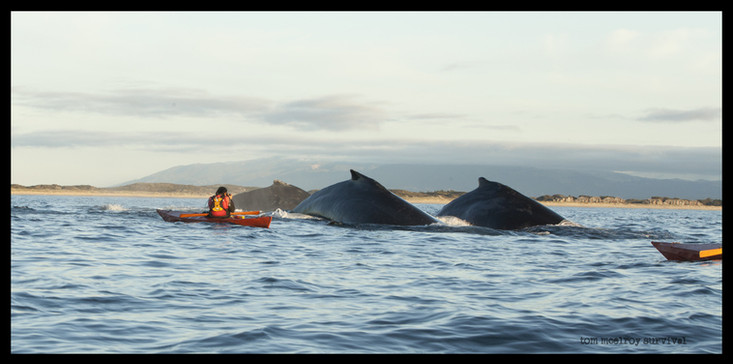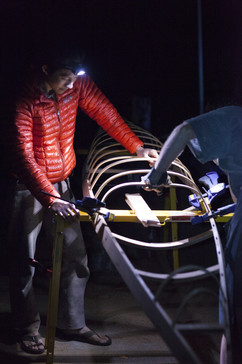Back when I got started studying survival, making a friction fire from a Bow-drill was akin to being a magician. Anyone and everyone would get wide-eyed when the two pieces of wood I was rubbing together began to smoke, and they would erupt in applause as the tinder bundle finally burst into flame. Creating that fire confirmed a rumor they had heard, and doubted since they were 4 years old.
Survival was not on TV, there was no internet, Instagram, or YouTube to teach you to create anything you would ever want to learn. To find new and exciting traps I would leave the woods and dare to go to the jungles of New York City so that I could go to the indigenous peoples sections at the Museum of Natural History. There I would spend hours sketching basket-weaving patterns, trap parts, pottery designs, and hiding from the Leopard-man...(if you know, you know).
One of my favorite sections was the Amazonian indigenous sections. There they had pig-traps with deadly spikes, baskets that would constrict around Manioc powder, and best of all, a fire-making mechanism from Bamboo! Finally, making a fire was exactly how I pictured it when I was 5. As simple as can be...cut a piece of bamboo in half, and rub one half against the other and viola!
Making a bamboo fire saw work is all about having the right materials. You want dead, but not rotten bamboo, not too thin, but definitely not too thick. Ideally, the bamboo has not washed up on the beach as for some reason the salt makes things much more difficult. While the bow-drill takes finess, fire-saw takes the right materials and brute strength. Just go until it feels like your arms are going to fall off, and then go a little more. But its simple, and much easier to make when you dont have a knife.









